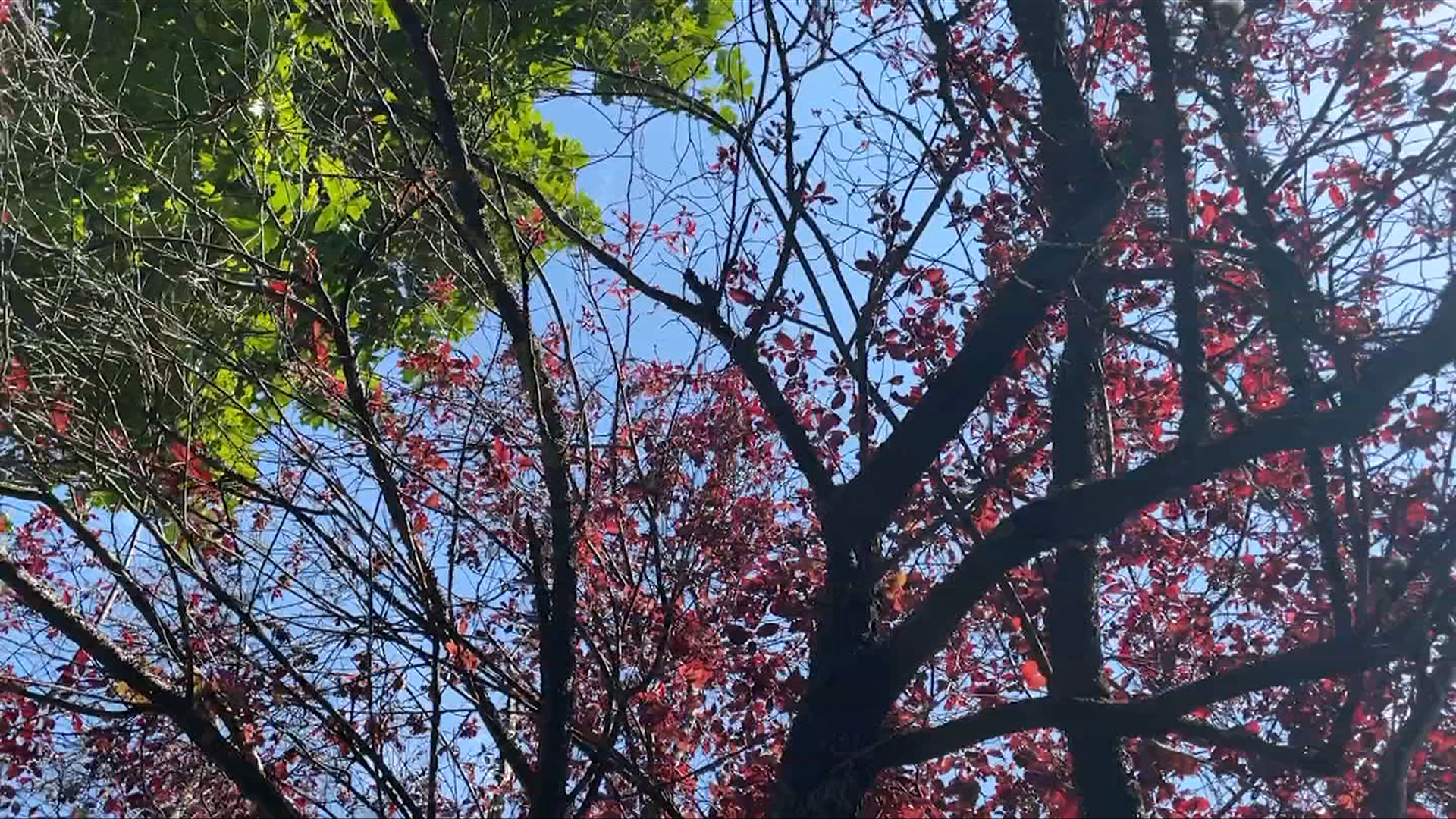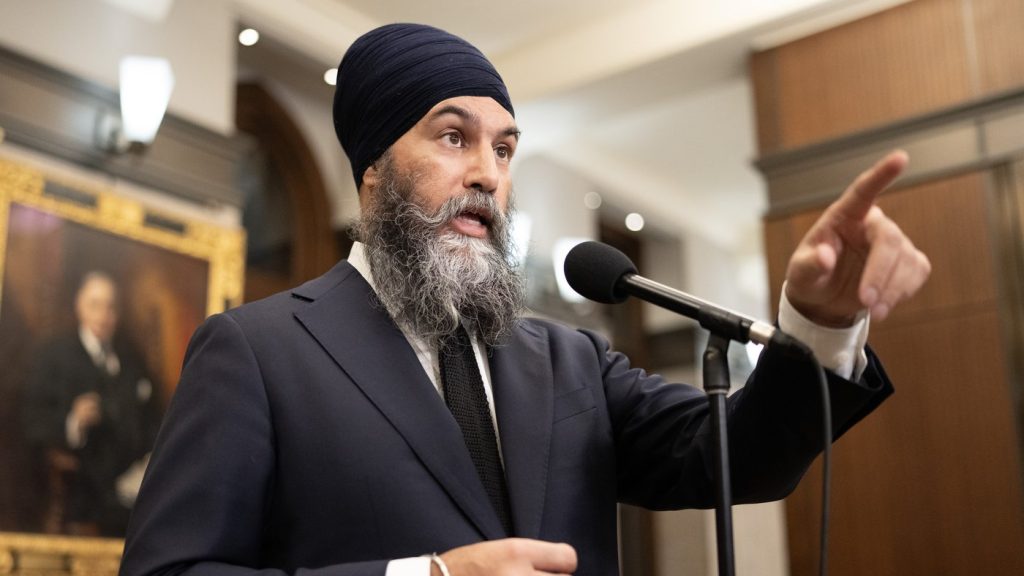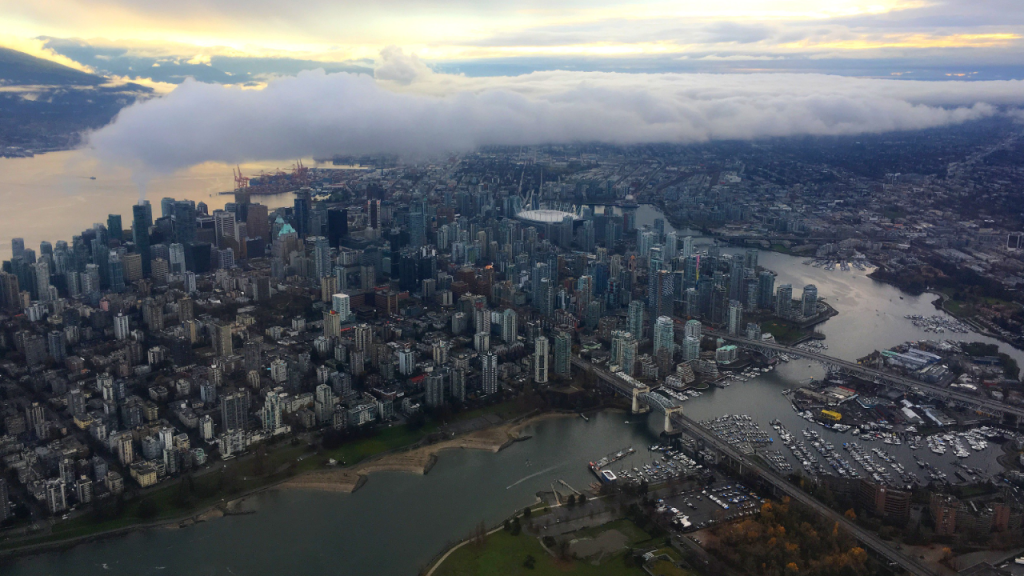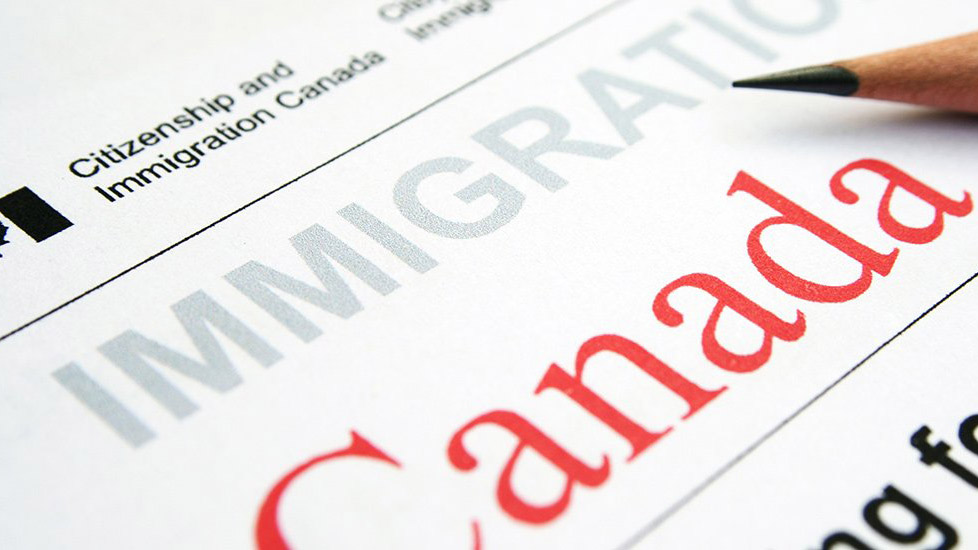Metro Vancouver trees still reeling after 2021 heat dome

Posted August 10, 2022 8:50 am.
Last Updated August 10, 2022 8:51 am.
More than a year after the heat dome, some trees on the Lower Mainland are struggling to stay alive amid widespread dieback across the region.
“This definitely seems like it’s a new normal for western Canada,” explained Sean Michaletz, assistant professor, UBC Department of Botany.
Michaletz explains tree dieback is the death of branches and leaves, driven by droughts and heatwaves. He notes this phenomenon has been seen across western North America, mainly in flowering and broad-leaf trees.
However, it’s still too soon to know just how many trees are affected.
“Just like when humans perspire on a hot day to cool our body, leaves transpire and it also helps keep the leaves cold. But during these heatwave events, when the plants are water stressed, especially if they don’t have the water to cool themselves, we can actually see very high leaf and branch temperatures,” Michaletz explained.

Many trees on the Lower Mainland are experiencing dieback, which is the death of branches and leaves, driven by droughts and heatwaves, more than a year after the 2021 heat dome. (CityNews Image)
This is something others have noticed too.
“Lately, as I go through my inspections on a day-to-day basis in Vancouver and other municipalities, I do often see quite mature trees, as well as younger, newly established trees, that are having a hard time to reestablish, or establish, in their growing environment,” arborist Francis Klimo, with Klimo and Associates, told CityNews.
Temperatures hit records last summer, with the mercury soaring into the 40s in many parts of Metro Vancouver and the Fraser Valley for days, while overnight temperatures also remained high.
In a statement to CityNews, the Vancouver Park Board says “previous seasonal extremes, including the heat dome, ensuing drought of 2021, and the unseasonably cold temperatures in early 2022, have acted to compound stress on trees.”
It adds staff “water juvenile trees and aid … them in their establishment.”
The statement goes on to say residents are also asked to help water trees when possible, if they are showing “some signs of stress.”
“If trees are well watered and they have adequate water supply so that they can maintain their hydraulic system, then that will really help them cope,” Michaletz added.
Related articles:
-
B.C. scientists see recovery but fear more heat domes could change ecosystems forever
-
Vancouver trees need more water, city asks locals for help
-
B.C. wildfires delay return of wildlife
With temperatures expected to continue to rise in the years to come, both Michaletz and Klimo believe trees in the region will continue to deteriorate.
Klimo suggests looking at different approaches as we move along.
“Water trees more, or plant trees that are drought-tolerant — there are species that are drought-tolerant. So it may have to come to that point where any new tree replacements for new projects, boulevard planting plans, they would select drought-tolerant trees,” he suggested.
“The human in me is sad to see this occurring but the scientist in me is interested to see it happening,” Michaletz said.
In addition to affecting local ecosystems and the environment, the 2021 heat dome also led to hundreds of deaths across B.C.








